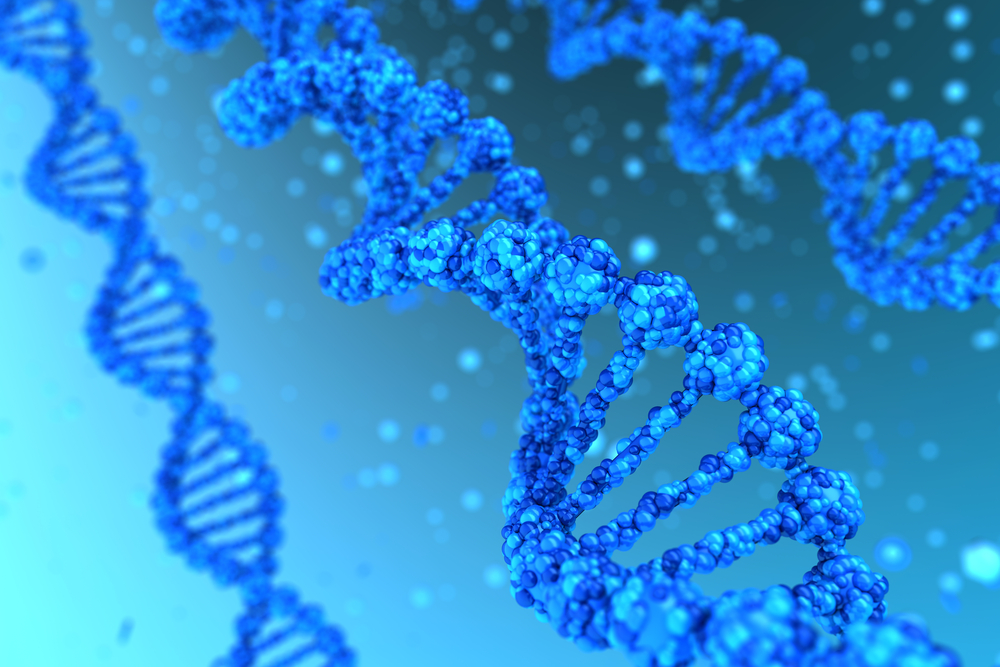Study Examines Promising Advances in Gene Therapies to Treat Batten Disease
Written by |

Substantial progress has been made in the development of gene therapies for Batten disease, according to a recent review, and researchers predict that targeted combination therapies will improve patients’ quality of life.
The study supporting that contention, “Gene Therapy Approaches to Treat the Neurodegeneration and Visual Failure in Neuronal Ceroid Lipofuscinoses,” was published in the journal Retinal Degenerative Diseases.
Neuronal ceroid lipofuscinoses (NCLs), also known as Batten disease, are a group of rare, inherited diseases that affect the central nervous system (CNS) with a typical onset during childhood.
Batten disease is characterized by the constant accumulation of storage material in the lysosome — a compartment within the cell that digests and recycles materials — of neuronal and non-neuronal cells.
As Batten disease is genetic in nature, studies have identified at least 400 mutations that are associated with 14 genes linked to this disease.
One of the main considerations when designing gene therapy is whether the affected gene encodes (gives origin to) a soluble lysosomal enzyme or a transmembrane protein, which is a protein that is fixed within the membrane of the lysosome. The genetic strategies to correct these cellular deficiencies need to be distinct.
Gene therapies for soluble enzyme deficiencies
Viruses have evolved specialized molecular mechanisms to efficiently transport their genes inside the cells they infect and some viruses can integrate (blend) into the cell’s own DNA, facilitating stable gene expression.
Gene therapies for soluble enzyme deficiencies have focused on the development of adeno-associated virus (AAV)-mediated gene therapies that target the brain. AAV gene therapy uses an inactive viral vector, which is similar to an empty shell, to deliver the gene-of-interest to a targeted location.
In the case of CLN2 disease, or late infantile Batten disease, which is characterized by a deficiency in the enzyme tripeptidyl peptidase 1 (TPP1), animal studies have shown that AAV-delivered TPP1 gene led to better performances in motor and behavioral tasks, as well as an increased lifespan.
In 2004, the first gene therapy safety clinical trial (NCT00151216) was conducted in patients who have CLN2 disease. The study showed that eight of 10 subjects did not have adverse effects toward the treatment and initially showed a slight, but non-significant, slowing of disease progression. The long-term follow-has not been conducted yet, but a Phase I/II clinical trial (NCT01161576) is ongoing to test a new, optimized AAV vector.
To avoid multiple brain injections, researchers also are investigating the effect of injecting therapeutics directly into the cerebrospinal fluid, known as intracerebroventricular (ICV)-AAV injections. This technique has shown promise in animal models, including dogs and sheep, but needs more study.
Unfortunately, in more severe and faster progressing animal models of NCL, brain-directed AAV treatments alone did not have clear beneficial effects. Most studies show some improvement in survival, but it is not impressive.
“Although neurodegeneration is the predominant feature in all NCLs, gene therapies directly targeting the brain alone may prove an incomplete strategy,” researchers wrote.
Gene therapy for transmembrane protein deficiencies
Fewer gene therapy approaches have been published for lysosomal membrane protein deficiencies because delivering therapies efficiently throughout the brain is a challenge.
The most common form of these NCLs is CLN3 disease, classic juvenile Batten disease, which is caused by mutations in the CLN3 gene. It manifests with vision loss followed by cognitive and motor deteriorations, behavioural abnormalities and seizures.
Studies have shown that intravenous (IV) delivery of an AAV vector that carries the CLN3 gene has beneficial effects in CLN3-deficient mice.
The same viral vector also has been used to treat CLN6 disease, leading to an improvement in motor performance and reduction of lysosomal storage material.
An ongoing, actively recruiting Phase I/II trial for CLN6 patients is testing spinal administration of this particular vector, scAAV2/9, carrying the CLN6 gene (NCT02725580).
As visual failure is a key feature in NCLs, researchers also have tried to deliver CLN6 to the retina, which was found to significantly slow loss of retinal function. Similar benefits were seen upon delivery of AAV-PTT1 in mice models, thereby “supporting the notion that AAV-based gene therapies are a valid strategy to combat vision loss in NCL.”
“Promising progress has been made in the development of gene therapies for the NCLs,” the authors wrote. “It can be anticipated that combination therapies, for example, targeting the brain and eye, will significantly increase quality of life of patients.”




